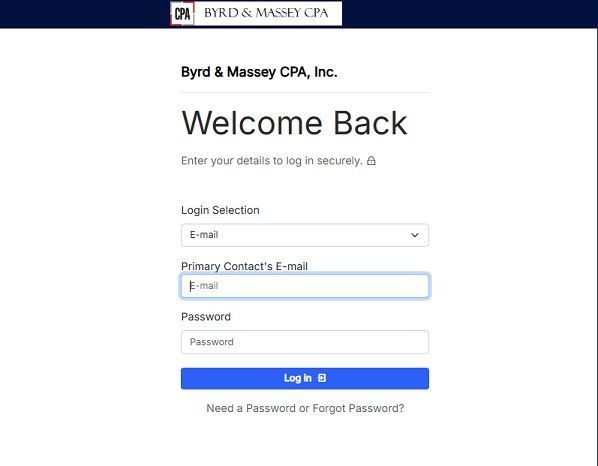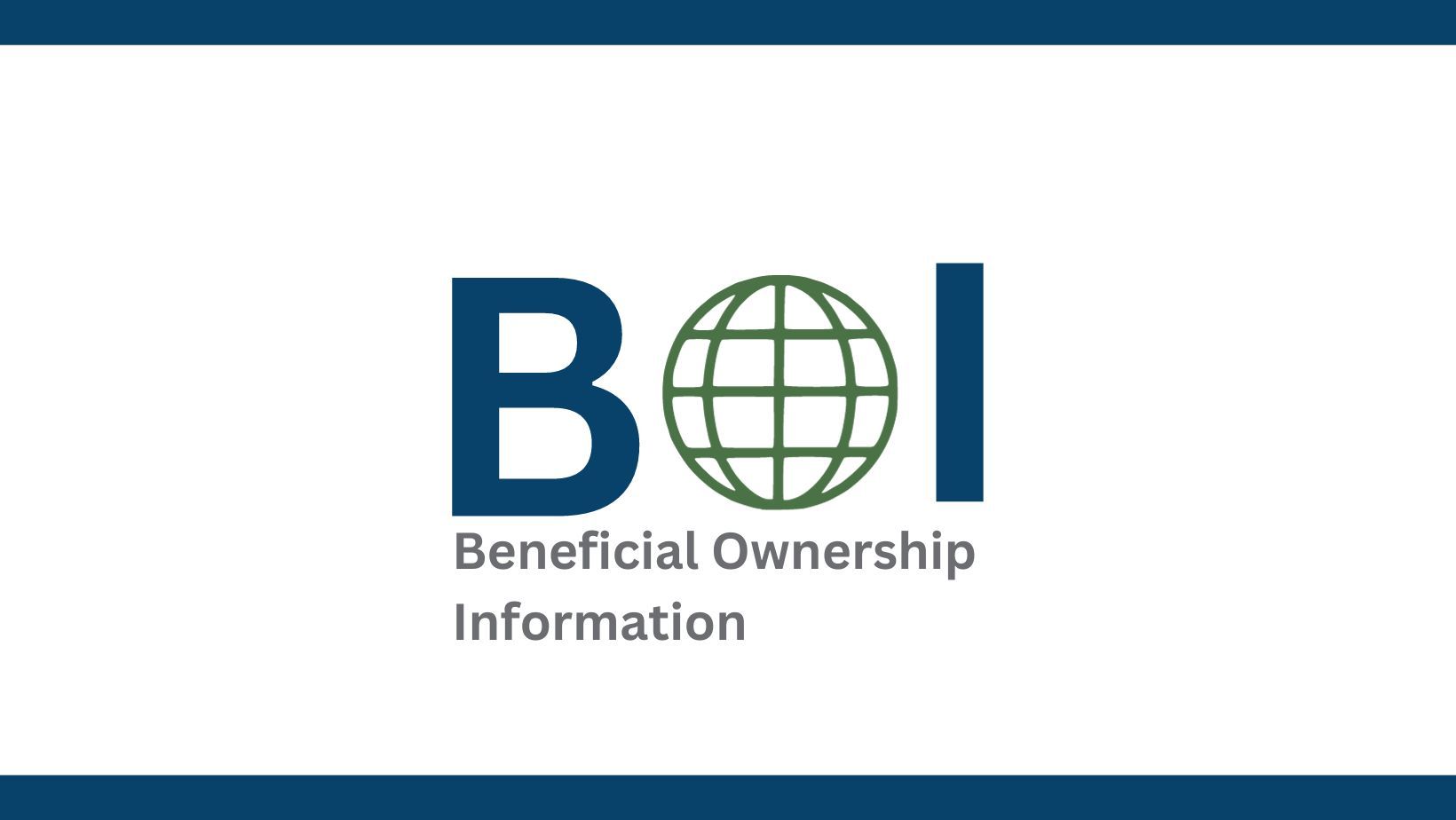YEAR-END TAX PLANNING FOR INDIVIDUALS
Once again, tax planning for the year ahead presents a number of challenges, this year, primarily due to tax laws changes brought about the passage of the Tax Cuts and Jobs Act of 2018. These changes include the nearly doubling of the standard deduction, elimination of personal exemptions, and numerous itemized deductions reduced or eliminated. Let's take a closer look.
General Tax Planning
General tax planning strategies for individuals this year include postponing income and accelerating deductions, as well as careful consideration of timing related investments, charitable gifts, and retirement planning. For example, taxpayers might consider using one or more of the following:
- Selling any investments on which you have a gain or loss this year. For more on this, see Investment Gains and Losses , below.
- If you anticipate an increase in taxable income this year, in 2018, and are expecting a bonus at year-end, try to get it before December 31. Keep in mind, however, that contractual bonuses are different, in that they are typically not paid out until the first quarter of the following year. Therefore, any taxes owed on a contractual bonus would not be due until you file your 2019 tax return in 2020. Don't hesitate to call the office if you have any questions about this.
- Prepaying deductible expenses this year using a credit card. Examples of deductible expenses include charitable contributions and medical expenses. This strategy works because deductions may be taken based on when the expense was charged on the credit card, not when the bill was paid. Likewise with checks. For example, if you charge a medical expense in December but pay the bill in January, assuming it's an eligible medical expense, it can be taken as a deduction on your 2018 tax return.
- If your company grants stock options, then you may want to exercise the option or sell stock acquired by exercise of an option this year. Use this strategy if you think your tax bracket will be higher in 2019. Generally, exercising this option is a taxable event; sale of the stock is almost always a taxable event.
- If you're self-employed, send invoices or bills to clients or customers this year to be paid in full by the end of December.
Caution: Keep an eye on the estimated tax requirements.
Accelerating Income and Deductions
Accelerating income and deductions are two strategies that are commonly used to help taxpayers minimize their tax liability. Most taxpayers anticipate increased earnings from year to year, whether it’s from a job or investments, so this strategy works well. On the flip side, however, if you anticipate a lower income next year or know you will have significant medical bills, you might want to consider deferring income and expenses to the following year.
Accelerating Income
If you anticipate being in a higher tax bracket next year, accelerating income into 2018 is a good idea, especially for taxpayers whose earnings are close to threshold amounts ($200,000 for single filers and $250,000 for married filing jointly) that make them liable for additional Medicare Tax or Net Investment Income Tax (see below).
Caution: Taxpayers close to threshold amounts for the Net Investment Income Tax (3.8 percent of net investment income) should pay close attention to "one-time" income spikes such as those associated with Roth conversions, sale of a home or other large assets that may be subject to tax.
Tip: If you know you have a set amount of income coming in this year that is not covered by withholding taxes, there is still time to increase your withholding before year-end and avoid or reduce any estimated tax penalty that might otherwise be due. On the other hand, the penalty could be avoided by covering the extra tax in your final estimated tax payment and computing the penalty using the annualized income method.
In cases where tax benefits are phased out over a certain adjusted gross income (AGI) amount, a strategy of accelerating income and deductions might allow you to claim larger deductions, credits, and other tax breaks for 2018, depending on your situation. Roth IRA contributions, conversions of regular IRAs to Roth IRAs, child tax credits, higher education tax credits, and deductions for student loan interest are examples of these types of tax benefits.
Examples of other strategies a taxpayer might take include:
-
Pay a state estimated tax installment in December instead of at the January due date. However, make sure the payment is based on a reasonable estimate of your state tax.
-
Pay your entire property tax bill, including installments due in year 2019, by year-end. This does not apply to mortgage escrow accounts.
-
Pay 2019 tuition in 2018 to take full advantage of the American Opportunity Tax Credit, an above-the-line credit worth up to $2,500 per student to cover the cost of tuition, fees and course materials paid during the taxable year. Forty percent of the credit (up to $1,000) is refundable, which means you can get it even if you owe no tax.
-
Try to bunch medical expenses. For example, you might pay medical bills in whichever year they would do you the most tax good. Medical expenses are deductible only to the extent they exceed a certain percentage of adjusted gross income (AGI). For example, to deduct medical and dental expenses these amounts must exceed 7.5 percent of AGI. By bunching these expenses into one year, rather than spreading them out over two years, you have a better chance of exceeding the thresholds, thereby maximizing your deduction.
Note: The 7.5 percent threshold is only in effect for tax years 2017 and 2018. In 2019, it reverts to 10 percent AGI.
Additional Medicare Tax
Taxpayers whose income exceeds certain threshold amounts ($200,000 single filers and $250,000 married filing jointly) are liable for an additional Medicare tax of 0.9 percent on their tax returns, but may request that their employers withhold additional income tax from their pay to be applied against their tax liability when filing their 2018 tax return next April.
High net worth individuals should consider contributing to Roth IRAs and 401(k) because distributions are not subject to the Medicare Tax.
If you're a taxpayer close to the threshold for the Medicare Tax, it might make sense to switch Roth retirement contributions to a traditional IRA plan, thereby avoiding the 3.8 percent Net Investment Income Tax (NIIT) as well (more about the NIIT below).
Alternate Minimum Tax
The alternative minimum tax (AMT) applies to high-income taxpayers that take advantage of deductions and credits to reduce their taxable income. The AMT ensures that those taxpayers pay at least a minimum amount of tax and was made permanent under the American Taxpayer Relief Act (ATRA) of 2012.
Although the AMT remained under the TCJA exemption amounts increased significantly. As such, the AMT is not expected to affect as many taxpayers. Furthermore, the phaseout threshold increases to $500,000 ($1 million for married filing jointly). Both the exemption and threshold amounts are indexed for inflation.
Note: AMT exemption amounts for 2018 are as follows:
$70,300 for single and head of household filers,
$109,400 for married people filing jointly and for qualifying widows or widowers,
$54,700 for married people filing separately.
Charitable Contributions
Property, as well as money, can be donated to a charity. You can generally take a deduction for the fair market value of the property; however, for certain property, the deduction is limited to your cost basis. While you can also donate your services to charity, you may not deduct the value of these services. You may also be able to deduct charity-related travel expenses and some out-of-pocket expenses, however.
Keep in mind that a written record of your charitable contributions--including travel expenses such as mileage--is required in order to qualify for a deduction. A donor may not claim a deduction for any contribution of cash, a check or other monetary gift unless the donor maintains a record of the contribution in the form of either a bank record (such as a canceled check) or written communication from the charity (such as a receipt or a letter) showing the name of the charity, the date of the contribution, and the amount of the contribution.
Tip: Contributions of appreciated property (i.e. stock) provide an additional benefit because you avoid paying capital gains on any profit.
Taxpayers age 70 ½ or older can reduce income tax owed on required minimum distributions (RMDs) from IRA accounts by donating them to a charitable organization(s) instead.
Investment Gains and Losses
This year, and in the coming years, investment decisions are often more about managing capital gains than about minimizing taxes per se. For example, taxpayers below threshold amounts in 2018 might want to take gains; whereas taxpayers above threshold amounts might want to take losses.
Caution: Fluctuations in the stock market are commonplace; don't assume that a down market means investment losses as your cost basis may be low if you've held the stock for a long time.
Minimize taxes on investments by judicious matching of gains and losses. Where appropriate, try to avoid short-term capital gains, which are taxed as ordinary income (i.e., the rate is the same as your tax bracket).
In 2018 tax rates on capital gains and dividends remain the same as 2017 rates (0%, 15%, and a top rate of 20%); however, due to tax reform, threshold amounts do not correspond to the new tax bracket structure as in prior years:
- 0% - Maximum capital gains tax rate for taxpayers with income up to $38,600 for single filers, $77,200 for married filing jointly.
- 15% - Maximum capital gains tax rate for taxpayers with income above $38,600 for single filers, $77,200 for married filing jointly.
- 20% - Maximum capital gains tax rate for taxpayers with income above $425,800 for single filers, $479,000 for married filing jointly.
Where feasible, reduce all capital gains and generate short-term capital losses up to $3,000. As a general rule, if you have a large capital gain this year, consider selling an investment on which you have an accumulated loss. Capital losses up to the amount of your capital gains plus $3,000 per year ($1,500 if married filing separately) can be claimed as a deduction against income.
Wash Sale Rule. After selling a securities investment to generate a capital loss, you can repurchase it after 30 days. This is known as the "Wash Rule Sale." If you buy it back within 30 days, the loss will be disallowed. Or you can immediately repurchase a similar (but not the same) investment, e.g., and ETF or another mutual fund with the same objectives as the one you sold.
Tip: If you have losses, you might consider selling securities at a gain and then immediately repurchasing them, since the 30-day rule does not apply to gains. That way, your gain will be tax-free; your original investment is restored, and you have a higher cost basis for your new investment (i.e., any future gain will be lower).
Net Investment Income Tax (NIIT)
The Net Investment Income Tax, which went into effect in 2013, is a 3.8 percent tax that is applied to investment income such as long-term capital gains for earners above certain threshold amounts ($200,000 for single filers and $250,000 for married taxpayers filing jointly). Short-term capital gains are subject to ordinary income tax rates as well as the 3.8 percent NIIT. This information is something to think about as you plan your long-term investments. Business income is not considered subject to the NIIT provided the individual business owner materially participates in the business.
Please call if you need assistance with any of your long-term tax planning goals.
Mutual Fund Investments
Before investing in a mutual fund, ask whether a dividend is paid at the end of the year or whether a dividend will be paid early in the next year but be deemed paid this year. The year-end dividend could make a substantial difference in the tax you pay.
Example: You invest $20,000 in a mutual fund in 2018. You opt for automatic reinvestment of dividends, and in late December of 2018, the fund pays a $1,000 dividend on the shares you bought. The $1,000 is automatically reinvested.
Result: You must pay tax on the $1,000 dividend. You will have to take funds from another source to pay that tax because of the automatic reinvestment feature. The mutual fund's long-term capital gains pass through to you as capital gains dividends taxed at long-term rates, however long or short your holding period.
The mutual fund's distributions to you of dividends it receives generally qualify for the same tax relief as long-term capital gains. If the mutual fund passes through its short-term capital gains, these will be reported to you as "ordinary dividends" that don't qualify for relief.
Depending on your financial circumstances, it may or may not be a good idea to buy shares right before the fund goes ex-dividend. For instance, the distribution could be relatively small, with only minor tax consequences. Or the market could be moving up, with share prices expected to be higher after the ex-dividend date. To find out a fund's ex-dividend date, call the fund directly.
Please call if you'd like more information on how dividends paid out by mutual funds affect your taxes this year and next.
Year-End Giving To Reduce Your Potential Estate Tax
The federal gift and estate tax exemption is currently set at $11.18 million but is projected to increase to $11.4 million in 2019. ATRA set the maximum estate tax rate set at 40 percent.
Gift Tax. Sound estate planning often begins with lifetime gifts to family members. In other words, gifts that reduce the donor's assets subject to future estate tax. Such gifts are often made at year-end, during the holiday season, in ways that qualify for exemption from federal gift tax.
Gifts to a donee are exempt from the gift tax for amounts up to $15,000 a year per donee in 2018 and are expected to remain the same in 2019.
Caution: An unused annual exemption doesn't carry over to later years. To make use of the exemption for 2018, you must make your gift by December 31.
Husband-wife joint gifts to any third person are exempt from gift tax for amounts up to $30,000 ($15,000 each). Though what's given may come from either you or your spouse or both of you, both of you must consent to such "split gifts."
Gifts of "future interests," assets that the donee can only enjoy at some future time such as certain gifts in trust, generally don't qualify for exemption; however, gifts for the benefit of a minor child can be made to qualify.
Tip: If you're considering adopting a plan of lifetime giving to reduce future estate tax, don't hesitate to call the office for assistance.
Cash or publicly traded securities raise the fewest problems. You may choose to give property you expect to increase substantially in value later. Shifting future appreciation to your heirs keeps that value out of your estate. But this can trigger IRS questions about the gift's true value when given.
You may choose to give property that has already appreciated. The idea here is that the donee, not you, will realize and pay income tax on future earnings and built-in gain on sale.
Gift tax returns for 2018 are due the same date as your income tax return (April 15, 2019). Returns are required for gifts over $15,000 (including husband-wife split gifts totaling more than $15,000) and gifts of future interests. Though you are not required to file if your gifts do not exceed $15,000, you might consider filing anyway as a tactical move to block a future IRS challenge about gifts not "adequately disclosed." Please call the office if you're considering making a gift of property whose value isn't unquestionably less than $15,000.
New Tax Rate Structure for the Kiddie Tax
Under the TCJA, the kiddie tax rules have changed. For tax years 2018 through 2025, unearned income exceeding $2,100 is taxed at the rates paid by trusts and estates. For ordinary income (amounts over $12,501), the maximum rate is 37 percent. For long-term capital gains and qualified dividends, the maximum rate is 20 percent.
Other Year-End Moves
Maximize Retirement Plan Contributions. If you own an incorporated or unincorporated business, consider setting up a retirement plan if you don't already have one. It doesn't actually need to be funded until you pay your taxes, but allowable contributions will be deductible on this year's return.
If you are an employee and your employer has a 401(k), contribute the maximum amount ($18,500 for 2018), plus an additional catch-up contribution of $6,000 if age 50 or over, assuming the plan allows this and income restrictions don't apply.
If you are employed or self-employed with no retirement plan, you can make a deductible contribution of up to $5,500 a year to a traditional IRA (deduction is sometimes allowed even if you have a plan). Further, there is also an additional catch-up contribution of $1,000 if age 50 or over.
Health Savings Accounts. Consider setting up a health savings account (HSA). You can deduct contributions to the account, investment earnings are tax-deferred until withdrawn, and amounts you withdraw are tax-free when used to pay medical bills.
In effect, medical expenses paid from the account are deductible from the first dollar (unlike the usual rule limiting such deductions to the amount of excess over 7.5 percent of AGI). For amounts withdrawn at age 65 or later that are not used for medical bills, the HSA functions much like an IRA.
To be eligible, you must have a high-deductible health plan (HDHP), and only such insurance, subject to numerous exceptions, and must not be enrolled in Medicare. For 2018, to qualify for the HSA, your minimum deductible in your HDHP must be at least $1,350 for single coverage or $2,700 for a family.
529 Education Plans. Maximize contributions to 529 plans, which starting in 2018, can be used for elementary and secondary school tuition as well as college or vocational school.
Summary
These are just a few of the steps you might take. Please contact the office for assistance with implementing these and other year-end planning strategies that might be suitable for your particular situation.

















